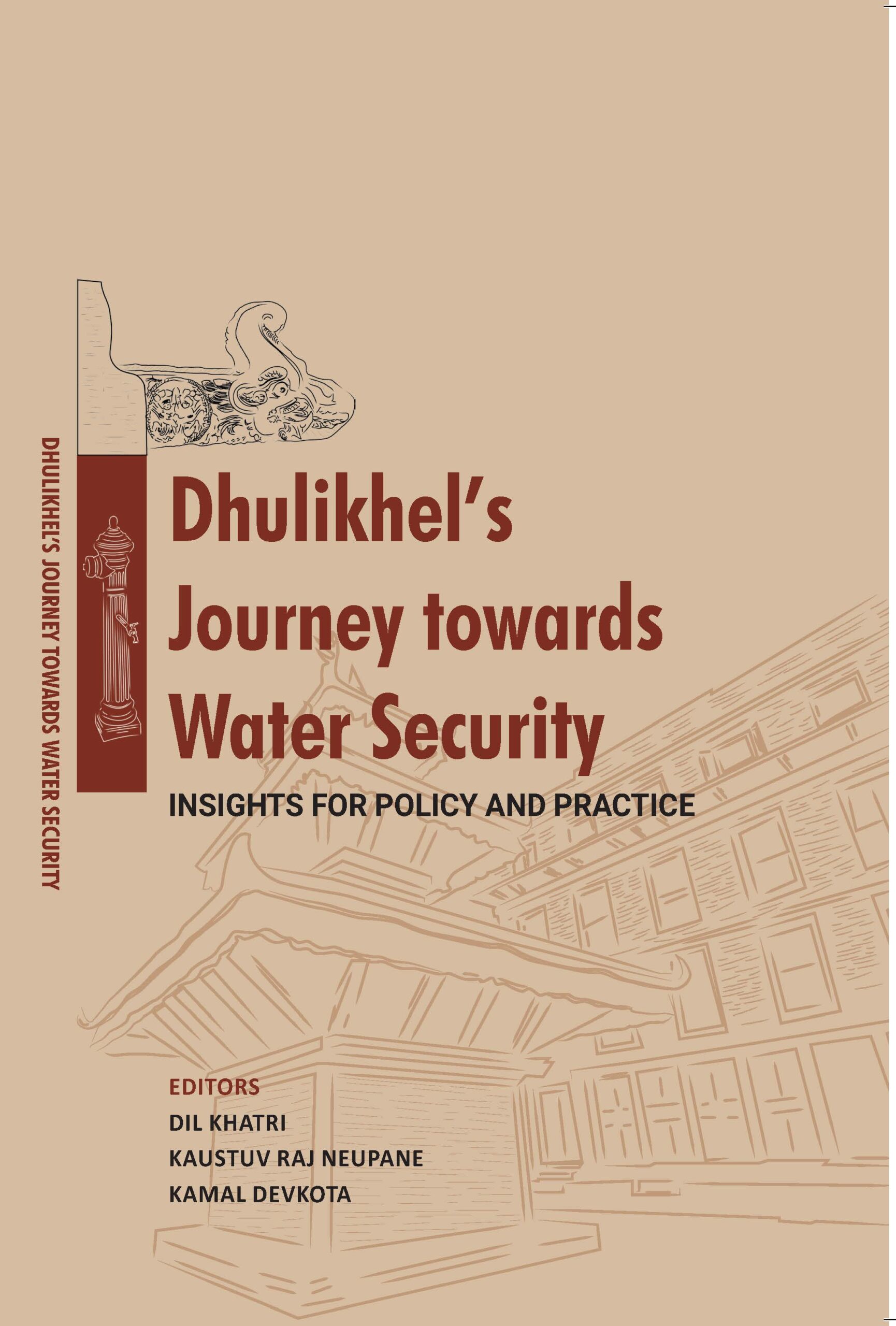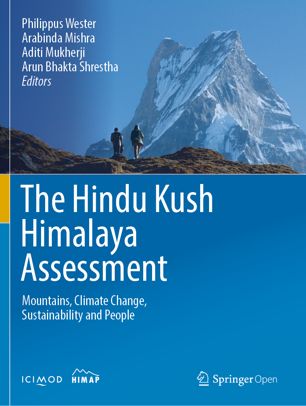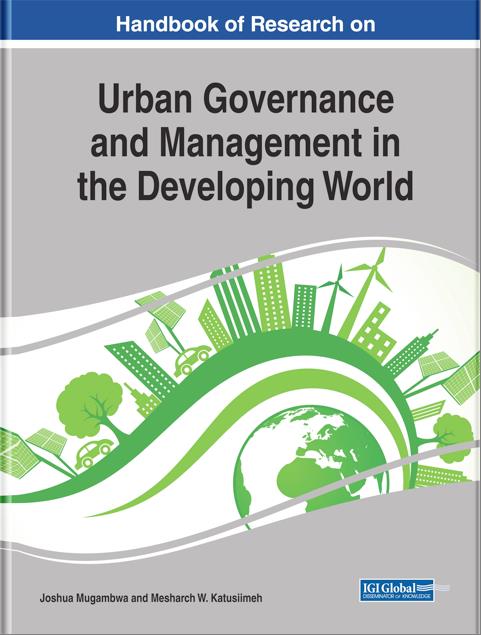Publication Date: 29 November 2023 Online
Authors: Padma Prasad Khatiwada, Daya Raj Subedi, Yogendra B. Gurung, Meeta Sainju Pradhan, and Prajal Pradhan
Available at : https://doi.org/10.1007/978-3-030-91262-8_105-1
Abstract
Leave No One Behind (LNOB) is a core tenet of the 2030 Agenda for Sustainable Development. It is an endeavor to reach those groups of people who are the “furthest behind” concerning all the 17 Sustainable Development Goals (SDG). Nepal has been at the forefront of its commitment to SDGs. While numerous challenges exist, there have also been opportunities to identify and better understand why different groups have been left behind. In this context, the authors examine Nepal’s overall progress in addressing the core principle of LNOB and its challenges in reaching those furthest behind the first. For this, existing literature and disaggregated data were analyzed. The findings highlight that women among the gender, rural areas among the place of residence, and mountain and Tarai among the ecological zones are left behind in Nepal. Out of the seven provinces, four provinces are left behind in one of the indicators. Overall, Nepal is making slow progress in achieving SDGs regarding LNOB. Mainly, there is a significant process for SDG 1, 7, 8, 10, and 15, a moderate process for SDG 4, 6, and 12, a slow progress for SDG 2, 3, 5, 16 and 17, and a regress for SDG 9 and 11. The authors also identify four gaps and challenges affecting the achievement of SDGs and hindering the progress on LNOB. They are varying levels of understanding and capacity for SDG implementation and monitoring, resource crunch, lack of quality and reliable data, and the COVID-19 pandemic adverse effects. If Nepal wishes to achieve and rescue SDGs, leaving no one behind, it could address these gaps and challenges.







